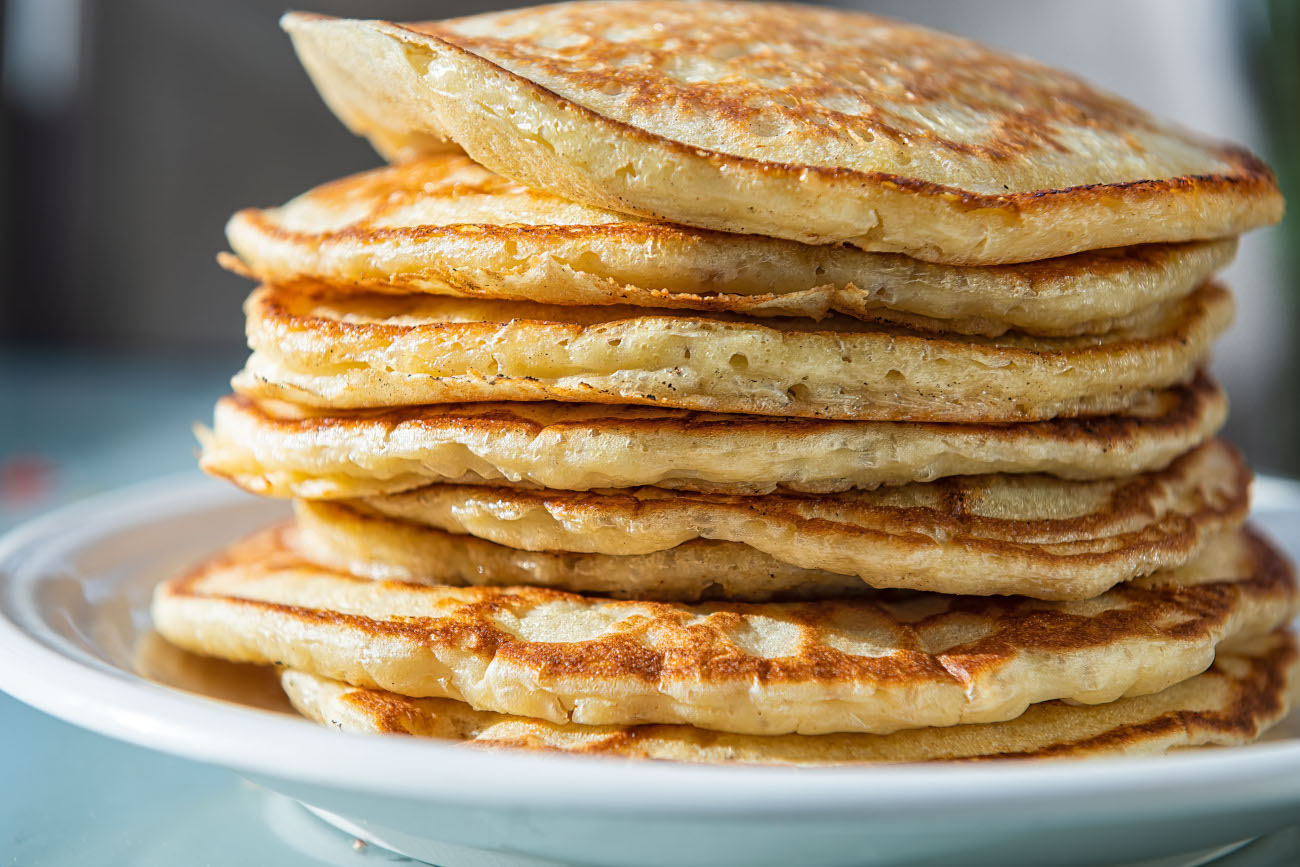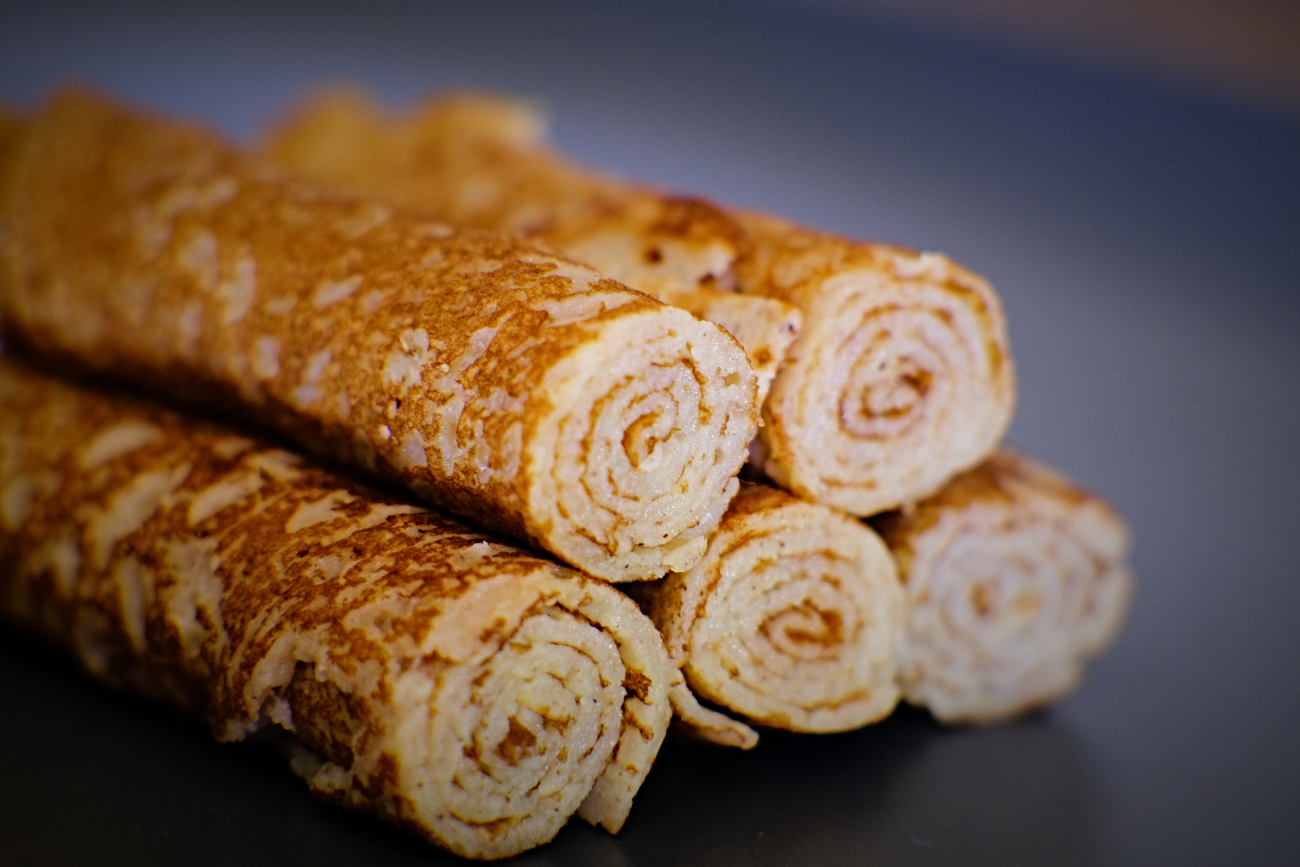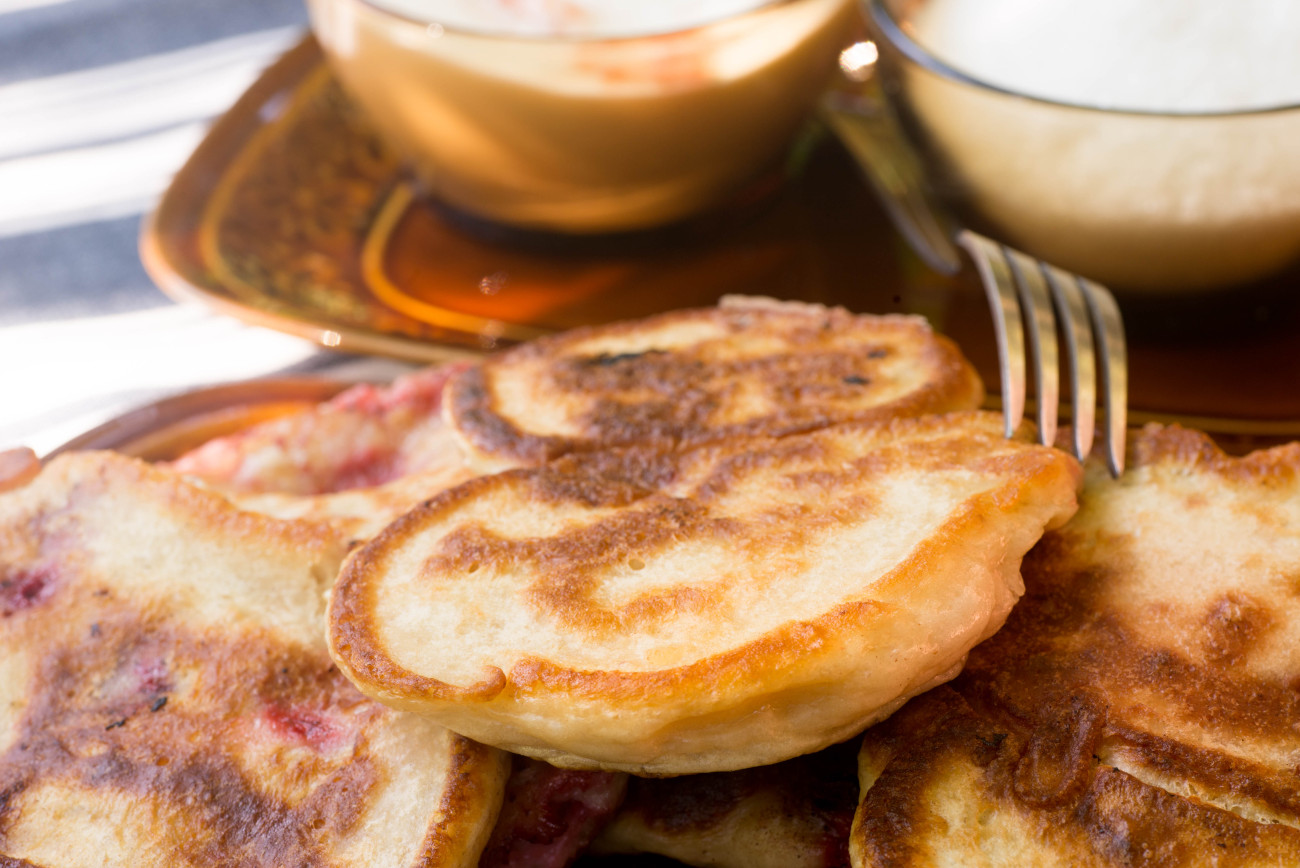Get a griddle going and pour that batter — pancakes are needed! Flapjacks, slapjacks, hotcakes, hoe cakes, and griddle cakes, it doesn’t matter what you call them because they are all equally great tasting (and semantically the same thing)! Pancakes, as we know them, were brought over here by Dutch settlers in the Colonial Era. However, unlike our continental brethren, pancakes over here are more of a mainstay and not the main event. Why have pancakes lost their special meaning in the U.S., and why do they have more symbolism in other parts of the world?
To Celebrate Before Restriction

The most prominent festivities we’re all familiar with is Lent. Derived from Europe, this pre-game to Easter uses waste-not virtues to celebrate. You see, before Lent (a period of suffering and restriction), you’re supposed to get rid of the nicer ingredients like butter, flour, and sugar. Using the baking ingredients before Lent acted as a stopgap from eating fancy foods throughout the early springtime. During an already tough cold season, pancakes were the quickest way to use up baking ingredients that didn’t take away from your other daily work and chores.
Many countries refer to Mardi Gras as Pancake Tuesday, that’s how pivotal pancakes are in the pre-Lent festivities. So why don’t we in the U.S. call the holiday Pancake Tuesday? Well, we have the French to thank for the cultural difference. When it comes to pre-Lent celebrations, we took after the French and their bread-forward king cake.
To Celebrate During The Darkest Time Of The Year

Pancakes aren’t just for Lent. These pancake-eating traditions predate Christian religious dominance and are ingrained into pre-Christian traditions. The Easter-Slavic bellini is a symbolic representation of the sun. Eating sun-shaped food is supposed to promote or coax the sun back into the earth. During the darkest time of the year, the winter solstice, Icelandic people celebrate the season with their pancakes (called pönnukökur), and like the bellini, celebrate the return of light.
To Welcome Spring

These pancake-forward celebrations are popularly mentioned in the West, but they aren’t exclusive to Europe and the Americas. In India’s Vernal Equinox celebration, called Holi, pancakes made of flour and spiced with cardamom and cinnamon are soaked in honey and topped with fruits and nuts (sounds like a familiar pairing right?).
To Expel The Winter

China’s northern regions welcome the spring with pancakes as well. On Lìchūn (which lasts for over a week in February), people eat these paper-thin pancakes with more savory toppings. Spring pancakes — which are wrapped around fresh spring vegetables and sautéed meats — are considered a great way to welcome the spring with fresh, bright green bounties.
Why Pancakes Aren’t Not Used In U.S. Celebrations

In the colonies and territories, pancakes became more of an everyday staple and a quick non-yeasted way to have carbs. Frontier farm work and rigorous labor deterred settlers from spending their time making yeasted bread. The use of pearl ash as a chemical leavener further made pancakes more substantial in size and more filling, a perfect way to stretch out more expensive ingredients like meat or eggs. Instead of preparing yeasted bread way before sunrise, pancakes were an easy way to have a bread substitute, minus the long wait time.
Some of the European traditions migrated over in the form of church pancake breakfasts, but it is not a national norm. As people became busier and busier, pancakes became a special weekend treat for us, and it isn’t the steadfast carb to whip up from scratch on a daily basis.
All in all, pancakes represent life, renewal, and rebirth. Regardless of culture, pancakes are a main feature of many celebrations. Let’s hope we can bring pancakes back into the center stage of our festivities.
If you’re craving some pancakes, here are some recipes to try.













